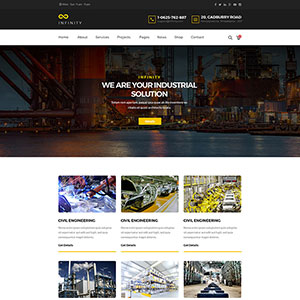Pierre Berton, the late, famous Canadian author noted in his book, “The Last Spike,” that CP Rail has held a respected place in the country’s history. He wrote that “no other private company, with the single exception of Hudson’s Bay Company, has had such an influence on the destinies of the nation.” For most of the past 15 years, CP Rail faced stiff competition from CN Rail as Paul Tellier and Hunter Harrison led the company’s move from a bloated government run enterprise to a highly profitable public company. In fact CN’s operating ratio of 61.3 is not only the best among the major North American railroads, it is one of the best of any company in the transportation industry.
The fact that CP Rail lagged so far behind CN Rail and the other class 1 railways in North America led the activist investor Bill Ackman, of Pershing Square Capital, to launch his “palace revolt” proxy battle that resulted in the replacement of CP’s former President with Hunter Harrison, whom he brought out of retirement to drive the railway’s profit improvement.
As we pass through the last quarter of this year, Canada’s two largest railroads are heading down separate tracks. With an operating ratio is the low 80’s, Mr. Harrison has embarked on a series of actions to reduce costs through improved asset utilization. This is another way of saying that CP Rail is planning to move its equipment more quickly and efficiently, to become Canada’s second “precision” railroad. It is seeking to accomplish this by undertaking a series of initiatives. These include:
- Building trains at CP’s intermodal terminal in Vancouver with blocks of cars for long haul destinations. This reduces stops and streamlines connections.
- Increasing average train lengths to 7,000 to 12,000 feet
- Speeding up the fueling of trains
- Improving daily scheduling
- Investing $1.2 billion in 2012 and $1 billion in 2013 on key infrastructure projects
- Working with customers at both ends to improve coordination
The net result of these changes is that CP Rail now provides 4 day transit times between Vancouver and Chicago and Toronto. These changes represent half of the transcontinental trains that CP launches daily across its network. Mr. Harrison is not expecting an overnight drop in the company’s operating ratio. He told Bloomberg News that he is targeting about 65 percent in the next four years.
Shippers appear to be taking notice of improved service on both major Canadian railways.
In the 2011 Canadian Industrial Transportation Association Shippers’ Pulse Survey, the respondents gave the railways’ intermodal service a 78 percent favourable rating as compared to 82 percent for LTL and 84.5 percent for truckload. Carload service was ranked at 70 percent. These scores are 45 percent better than the ratings in 2009. The railways’ quality rankings were also up 22 percent as compared to 2010.
The railways offer three primary types of services to its customers – – unit trains, carload service and intermodal. Both railroads are positioned to capitalize on trade between NAFTA partners but also trade with Asia and Europe. Michael Bourque, President and CEO, Railway Association of Canada, highlighted in his presentation at the 2012 Surface Transportation Summit that Oil, LNG, shale development (sand, steel pipe, chemicals) are now moving by rail. This is not just a stop gap measure. There are many long term contracts now in place alongside pipeline shipments. The railways can supply capacity and service to a variety of industries.
CN Rail, that already climbed the efficiency mountain under Hunter Harrison, is seeking profit growth from these specific opportunities. CN is enjoying steady growth through the Port of Prince Rupert, BC, the closest North American port to the Asian market. The 13% year/year growth in intermodal traffic through this port is helping drive CN’s intermodal volume increase.
It is also planning to capitalize on the boom in commodities, namely iron ore. It is expecting to invest $3 to $6 billion on infrastructure to service the mines in Sept-Iles, Quebec, on the Gulf of St. Lawrence, in northern Quebec. Iron ore exports are expected to rise more than 35 percent as China seeks to diversify its sourcing of this key steelmaking ingredient.
With such a high profile and well publicized change in leadership, everyone is expecting big things from Hunter Harrison and CP Rail. As rail speeds and efficiencies improve, this will open up a larger share of the truck market for conversion to rail service. With rail being such an energy efficient alternative to road transportation, on longer lengths of haul, we should expect an ongoing series of sales and operations initiatives as both Canadian railways look to capitalize on these opportunities and spur growth in the Canadian economy.



















